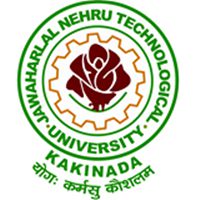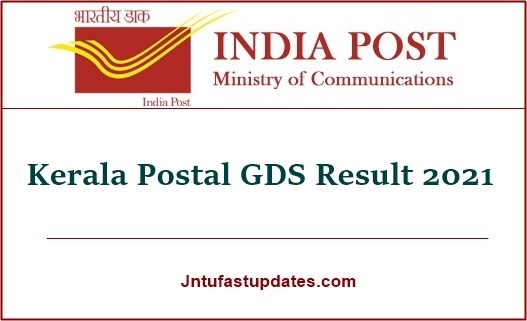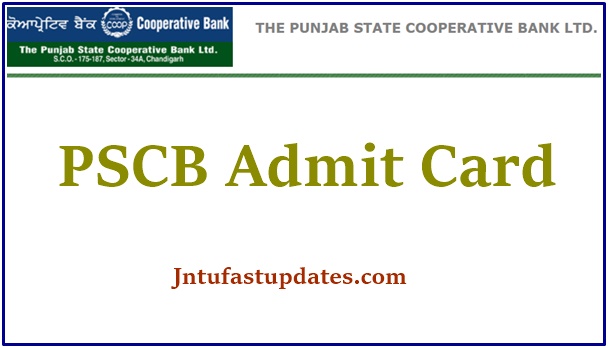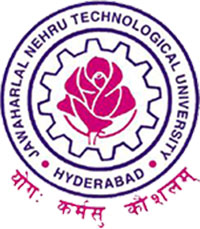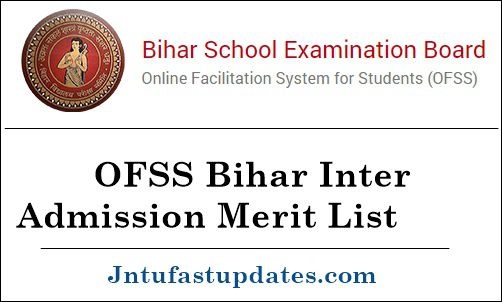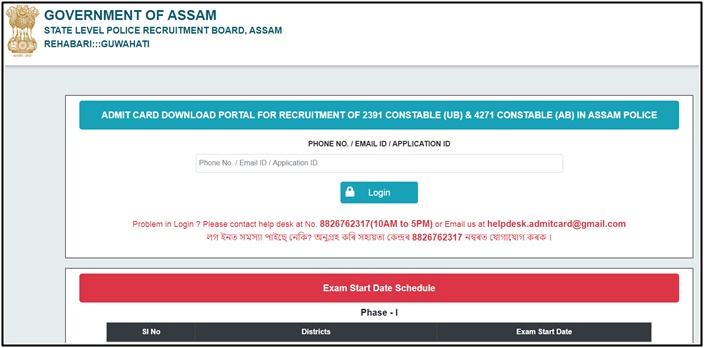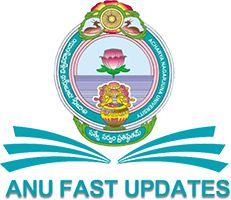JNTUK R20 1-2 Thermodynamics Material/Notes PDF Download
Students those who are studying JNTUK R20 Mechanical Branch, Can Download Unit wise R20 1-2 Thermodynamics Material/Notes PDFs below.
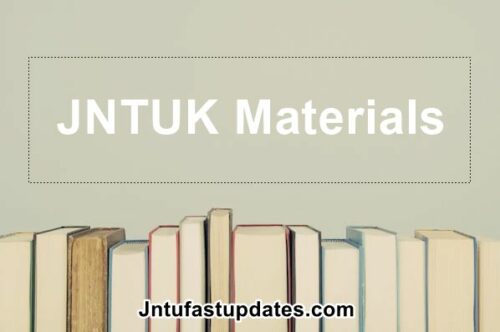
JNTUK R20 1-2 Thermodynamics Material/Notes PDF Download
Course Objectives : At the end of the course, the student will be able to
- To impart the knowledge of the thermodynamic laws and principles so as to enable the student to prepare an energy audit of any mechanical system that exchange heat and work with the surroundings
UNIT-1
Introduction: Basic Concepts : System, boundary, Surrounding, Universe, control volume, Types of Systems, Macroscopic and Microscopic viewpoints, Concept of Continuum, Thermodynamic Equilibrium, State, Property, Process – Reversible, Quasi static & Irreversible Processes, cycle, Causes of Irreversibility. Energy in State and in Transition – Types, Work and Heat, Point and Path function. Zeroth Law of Thermodynamics – Concept of Temperature – Principles of Thermometry –Reference Points – Const. Volume gas Thermometer – Scales of Temperature.
Download UNIT-1 Material PDF | Reference-2 | Ref-3
UNIT-2
Joule’s Experiments – First law of Thermodynamics – Corollaries – First law applied to a Process – applied to a flow system –Energy balance for closed systems-Specific heats- Internal energy, Enthalpy and Specific heats of Solids, liquids and Ideal gases, Some steady flow energy equation applied to Nozzle, Turbine, Compressor and heat exchanger devices, PMM-I.
Download UNIT-2 Material PDF | Reference-2 | Ref-3
UNIT-3
Limitations of the First Law – Thermal Reservoir, Heat Engine, Heat pump, Parameters of performance, Second Law of Thermodynamics, Kelvin-Planck and Clausius Statements and their Equivalence, Corollaries, PMM of Second kind, Carnot cycle and its specialties, Carnot’s theorem, Thermodynamic scale of Temperature. Clausius Inequality, Entropy, Principle of Entropy Increase, Availability and Irreversibility (Basic definitions) – Thermodynamic Potentials, Gibbs and Helmholtz Functions, Maxwell Relations – Elementary Treatment of the Third Law of Thermodynamics.
Download UNIT-3 Material PDF | Reference-2 | Ref-3
UNIT-4
Pure Substances, P-V-T- surfaces, T-S and h-s diagrams, Mollier Charts, Phase Transformations – Triple point and critical point, properties during change of phase, Dryness Fraction – Clausius – Clapeyron Equation, Property tables. Various Thermodynamic processes and energy Transfer – Steam Calorimetry.
Download UNIT-4 Material PDF | Reference-2
UNIT-5
Ideal Gas equation of state- Compressibility factor- Van der Waals equation of state- Beattie-Bridgeman equation of state- Benedict-Webb-Rubin equation of state- Viral equation of state- compressibility charts – variable specific heats . Mixtures of perfect Gases – Dalton’s Law of partial pressure, Avogadro’s Laws of additive volumesEquivalent Gas constant and Molecular Internal Energy, Enthalpy, Specific Heat and Entropy of Mixture of Perfect Gases and Vapour.
Psychrometric Properties – Dry bulb Temperature, Wet Bulb Temperature, Dew point Temperature, Thermodynamic Wet Bulb Temperature, Specific Humidity, Relative Humidity, Saturated Air, Vapour pressure, Degree of saturation – Adiabatic Saturation , Carrier’s Equation – Psychrometric chart.
Download UNIT-5 Material PDF | Reference-2
TEXT BOOKS:
1. Engineering Thermodynamics, PK Nag 6th Edn , McGraw Hill.
2. Fundamentals of Thermodynamics – Sonntag, Borgnakke, Van Wylen, 6th Edn, Wiley
REFERENCES:
1. Thermodynamics by Prasanna Kumar, Pearson Publishers
2. Engineering Thermodynamics – Jones & Dugan PHI
3. Thermodynamics, an Engineering Approach, Yunus A Cenegel, Michael A Boles, 8th Edn in SI Units, McGraw Hill.
4. Thermodynamics – J.P.Holman , McGrawHill
5. An Introduction to Thermodynamics – Y.V.C.Rao – Universities press.
6. Thermodynamics – W.Z.Black & J.G.Hartley, 3rd Edn Pearson Publ.
7. Engineering Thermodynamics – D.P.Misra, Cengage Publ.
8. Engineering Thermodynamics – P.Chattopadhyay – Oxford Higher Edn Publ.
COURSE OUTCOMES: After undergoing the course the student is expected to learn
- CO1: Basic concepts of thermodynamics
- CO2: Laws of thermodynamics
- CO3: Concept of entropy
- CO4: Property evaluation of vapors and their depiction in tables and charts
- CO5: Evaluation of properties of perfect gas mixtures.

320-x100(1).gif)
